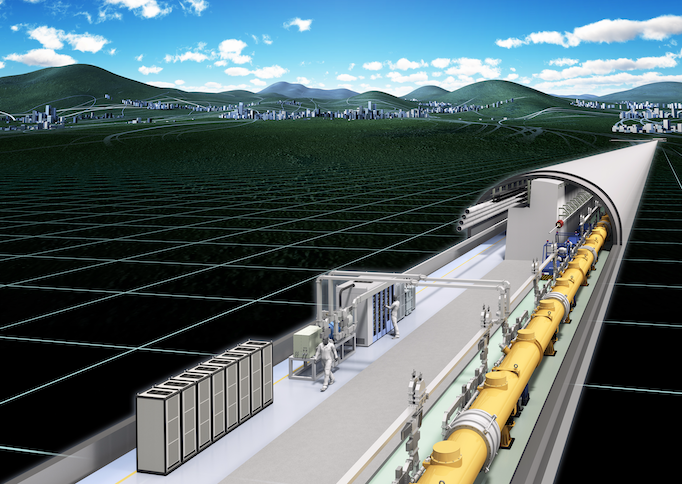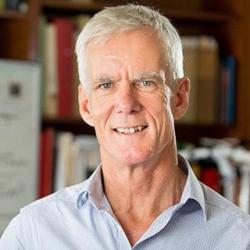
There is no United States of Asia, nor an AU (an Asian version of the EU), nor is there any likelihood of such a union. However, Asian countries are highly engaged internationally and Asian scientists continue to be at the forefront of international science.
There is no prospect of an Asian equivalent of CERN. And yet national particle physics facilities in Japan and China, and to a lesser extent in India and Korea, have achieved world-class capability and achievement.
With the ILC, the International Linear Collider, Asia has the opportunity to host the most significant global collider in the coming decades. Such a facility in Asia would be a scientific statement to match the economic strength of the region.
And yet there remains a notable lack of unified, multi-national action to make the ILC happen.
The ILC will not be a national facility. The challenge is for the international high-energy physics community to push, both within the science community and via our governments, for our next big machine.
The large Asian groups have been collaborating both within their nations and, importantly, in the very large experiments at CERN and DESY in Europe, and at Fermilab, SLAC, and Brookhaven National Laboratory in the US. Key facilities such as KEKB/SuperKEKB and K2K/T2K/T2H in Japan and BEPC in China have seen very significant international participation, the latter arising out of a formal and very important US-China program from the 1980’s.
The benefits of international collaboration are manifold. Driven by the science and with many major associated benefits including technology advances and industrial exploitation, the sharing of experience and culture amongst young researchers from all corners of the globe, the government-to-government interactions and cooperation, high energy physics has a proud history of cooperation and development.
Industrial exploitation
The cooperation between nations in particle physics, even when going through political and strategic tensions, has been accoladed at the UN and beyond. The ILC is the next global opportunity for high energy physics to foster such cooperation and partnership.
For the nations of Asia the global ILC will be in our own “backyard”
Can this unique opportunity be converted into a reality for science and society for the coming decades? Yes, but only if we unite behind the ILC now, and convince all our governments of its unique benefits.


Recent Comments